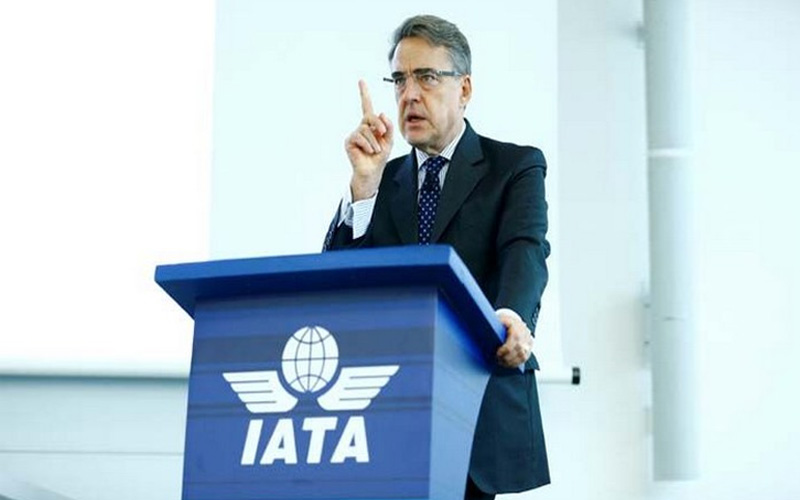Geneva: The International Air Transport Association (IATA) has announced global passenger traffic data for August showing that demand measured in total revenue passenger kilometres (RPKs) climbed 3.8 percent compared to the year-ago period.
This was above the 3.5 percent annual increase for July. August capacity available seat kilometres (ASKs) increased by 3.5 percent. Load factor climbed 0.3 percentage point to 85.7 percent which was a new monthly record as airlines continue to maximize asset use.
“While we saw a pick-up in passenger demand in August compared to July, growth remains below the long-term trend and well-down on the roughly 8.5 percent annual growth seen over 2016 to Q1 2018 period,” said IATA’s Director General and CEO Alexandre de Juniac.
“This reflects the impact of economic slowdowns in some key markets, uncertainty over Brexit and the trade war between the United States and China. But passenger load factors reaching a new high of 85.7 percent is good for overall efficiency and passengers’ individual carbon footprint,” he said in a statement.
August’s international passenger demand rose 3.3 percent compared to August 2018, improved from a 2.8 percent year-over-year growth achieved in July. With the exception of Latin America, all regions recorded increases, led by airlines in Africa. Capacity climbed 2.9 percent and load factor edged up 0.3 percentage points to 85.6 percent.
Asia Pacific airlines’ August traffic increased 3.5 percent compared to the year-ago period which was an acceleration compared to a 2.6 percent rise in July.
However, this remains well below the long-term average growth rate of around 6.5 percent, reflecting slowing economic growth in India and Australia as well as the impact of trade disputes. Capacity rose 3.9 percent and load factor slid 0.4 percentage point to 82.8 percent.
Annual growth in India domestic RPK volumes accelerated moderately to 3.7 percent in August, up from a revised 3.1 percent in July. The country experienced its slowest economic growth in several years in Q2 19 (5 percent year-on-year) with slowing consumption growth and some emerging concerns regarding the financial sector.
However, global demand for domestic travel climbed 4.7 percent in August compared to August 2018, unchanged from the previous month. Capacity rose 4.6 percent and load factor increased 0.1 percentage point to 85.9 percent.

